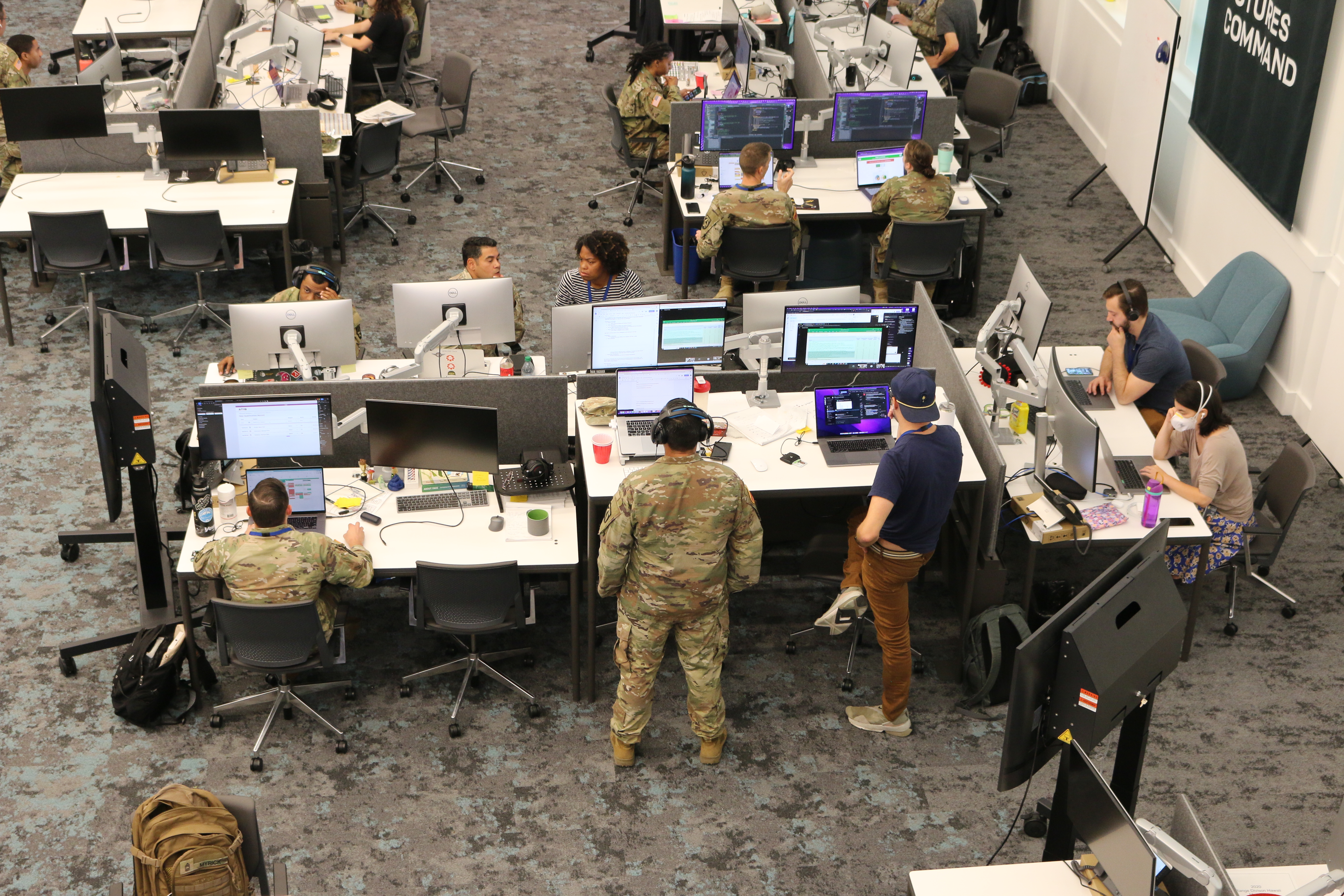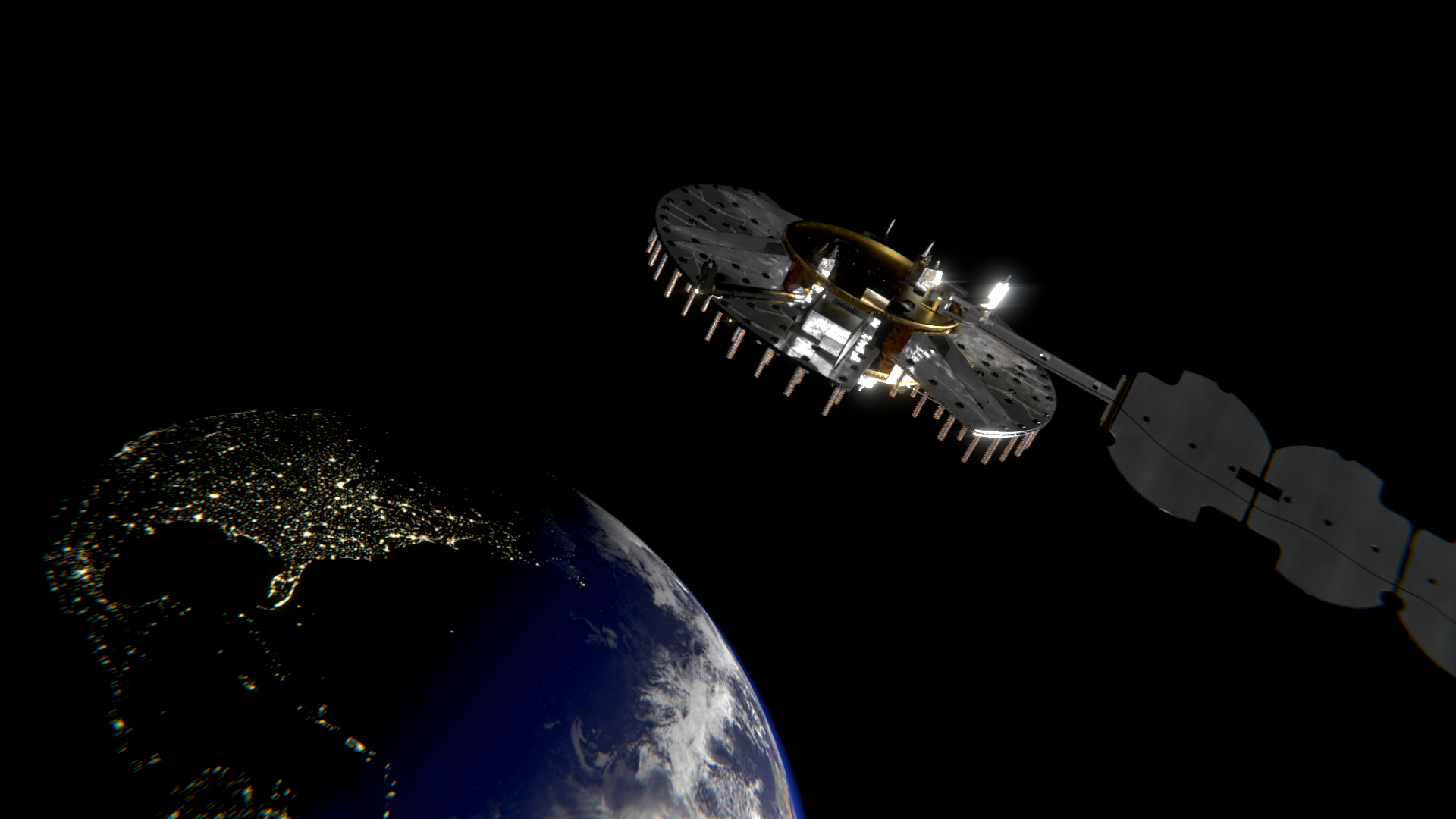
At the start of World War II in Europe, the Germans called their attacks on their neighbors the blitzkrieg, or “lightning war.” The Americans started the second Persian Gulf war against Iraq with “shock and awe.” Israeli soldiers enthusiastically shout out “Kadima!” (Forward!) when going after an objective.
The one thing that all three warrior expressions have in common is a mindset that says overwhelm the enemy, hurt the enemy and occupy the enemy’s space.
If you ever face a formidable enemy, be it on a battlefield or in a fistfight, you too must ultimately occupy the enemy’s space, even if temporarily, if you are to survive or thrive.
Overwhelm the Enemy
When you are attacked, the enemy is counting on you folding. The enemy uses fear and intimidation to seize the advantage. Although you may be intimidated and fearful, you must not allow your facial expressions or actions to show it.
In fact, you must do the opposite. You must show a game face that clearly sends the message, “You just picked the wrong person to mess with, so now suffer the consequences!” Then you must launch your counterattack at a more intense level than the enemy’s initial attack. This strategy is known as “rapid dominance.”
What I’m about to explain may seem counterintuitive, but it’s what soldiers learn when they’re trained to charge an ambush. First, however, we must understand the definition of a military ambush.
An ambush is a tactic in which combatants are in concealed positions in advance of an unsuspecting force that will pass through the fatal funnel. Once the prey is right where the ambushers want them to be, they are fired on until eliminated.
If a unit that walks into the enemy’s trap stays inside the target zone — if it hunkers down in a defensive position and merely returns fire — it’s just a matter of time before everyone in the unit gets cut down. The only chance to survive the ambush is to pick a point from which the enemy is firing, have the survivors rush that point with guns blazing, and hope they can penetrate the line and get to safe ground.
Likewise, if you find yourself swarmed by a bunch of thugs who want to beat you senseless, you must immediately pick the direction you want to go and fight your way out of the fatal funnel with all you’ve got. Yes, the odds of survival are against you, but you definitely won’t survive the attack if you stay where you are. Movement, determination and violence of action increase your chances of survival.
Hurt the Enemy
Why did the United States have to fight Saddam Hussein’s military in two wars only 12 years apart? Because the enemy was not “hurt” during the first war in 1991. Instead of totally defeating the Iraqi military, the United States and the 35-nation coalition sought only to expel the enemy from Kuwait, which had been invaded, occupied and annexed. The strategy didn’t work.
The second go-around was different. The American forces destroyed the enemy, and dictator Saddam Hussein was eventually captured and brought to justice. What works on an international level also can apply to individual combat.
If you’re attacked, especially by a career criminal or a terrorist, and you fail to hurt the person, don’t expect the enemy to stop the attack. Unfortunately, hurting the enemy (violence) is the only message that brute beasts understand.
Of course, the amount of hurt you put on the enemy depends on the appropriate legal use of force for the situation. If someone comes at you with fists swinging, take out the guy’s knee with a good kick. If an attacker tries to kill you with his bare hands, use a weapon. If the enemy pulls out a knife, pull out a gun.
OK, I understand. Not every place on the planet allows citizens to protect themselves with firearms. What a pity! If you’re in that category, how about this? The attacker pulls out a knife, and you grab the nearest object that can be used as a superior improvised weapon. I’m sure you get the idea: Your level of force must not match the enemy’s; it must exceed the enemy’s.
Naturally, when you’re questioned by the police or the courts, you should never say you tried to hurt the attacker. There’s just way too much perverted sympathy these days for the criminals and not the victims — especially, not victims who are willing to protect themselves.
Therefore, the best justification for your actions is, “I did what I did to stop the attacker.”
The key word is “stop.” If the police or the courts ask if you intended to hurt the accused person, your simple answer is no. Unfortunately, when you try to stop an attacker from destroying you, an injury or two may result.
Occupy the Enemy’s Space
Popular among martial artists is the expression, “The best defense is a good offense,” and it’s true. Going back to my illustration of a military patrol caught in the crossfire of an ambush, those trapped soldiers must occupy the enemy’s space, even if it’s temporary. Obviously, the soldiers who move and shoot their way out of this bad situation won’t stop at the enemy’s firing line once they’ve punched a hole through it. They’ll keep moving until they reach relative safety.
Likewise, a woman who’s attacked by a rapist shouldn’t stay and go toe-to-toe with him. Like a soldier caught in an ambush, she should employ hit-and-run tactics. Hit hard and effectively, then get out of the fatal funnel while he’s hurt.
However, if the attack occurs inside her home and her kids are still in their bedrooms down the hall, the situation dictates that she would continue to “occupy his space” so he can’t move onto the children. Mamma Bear will have no choice but to stay and fight to the end.
When you move in on the enemy, you’re literally taking the ground the enemy was just standing on. You’re forcing the enemy backward while you move forward. You’re on offense, and the enemy is on defense.
BE A HARD TARGET
Self-defense expert, Defensive tactics, Defend yourself, Self defense
Black Belt Magazine
[crypto-donation-box type=”tabular” show-coin=”all”]





